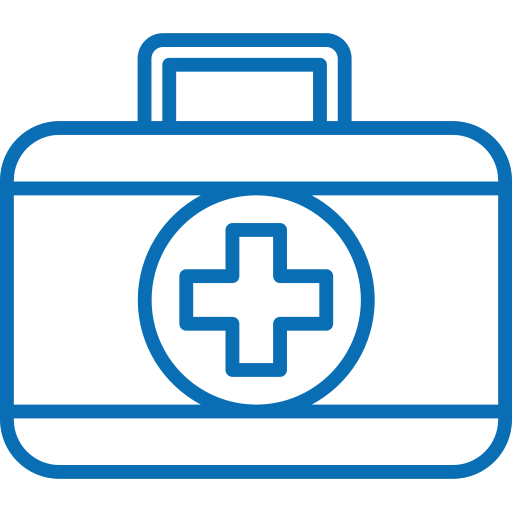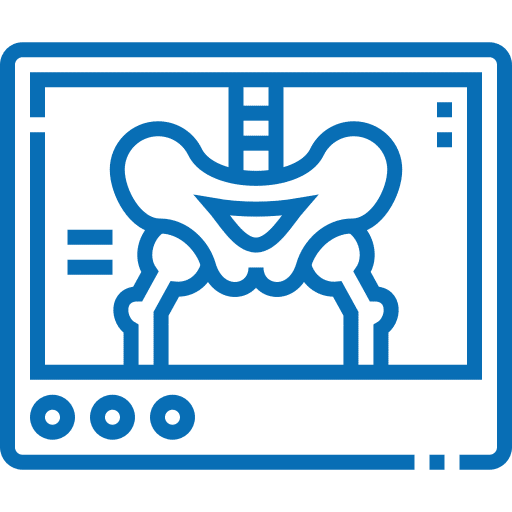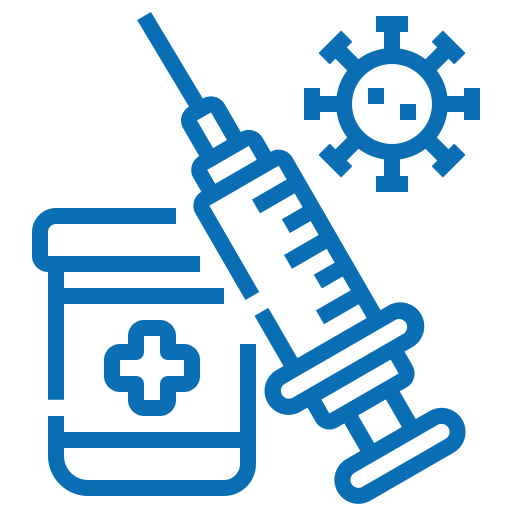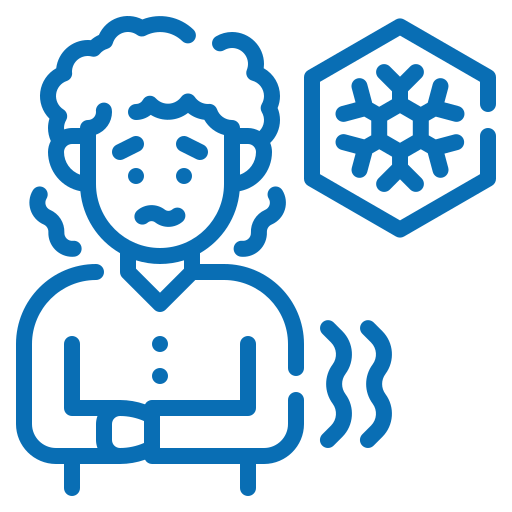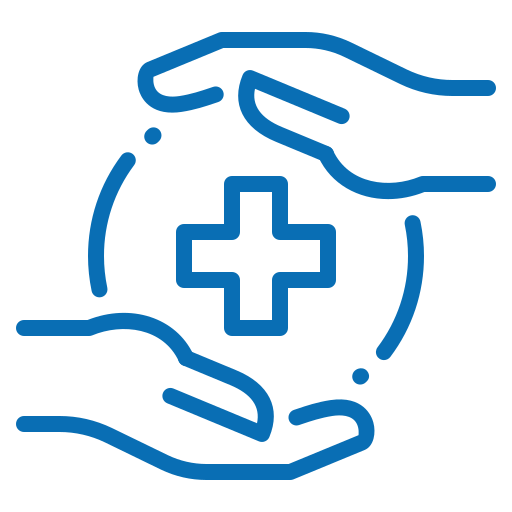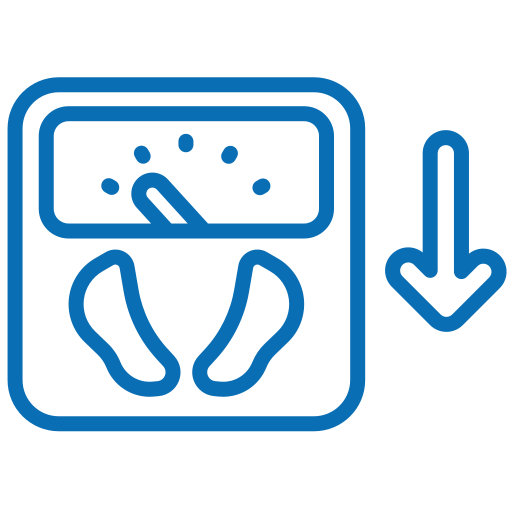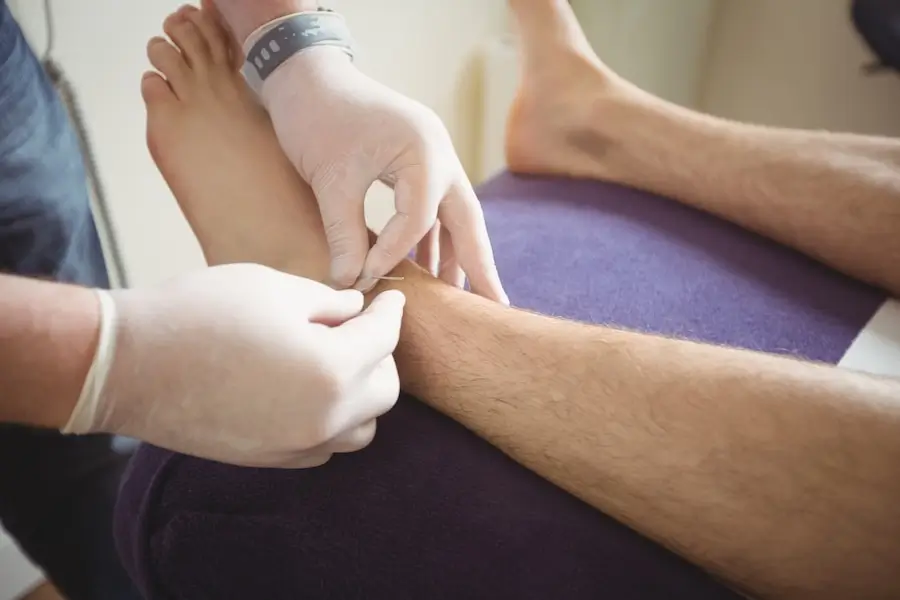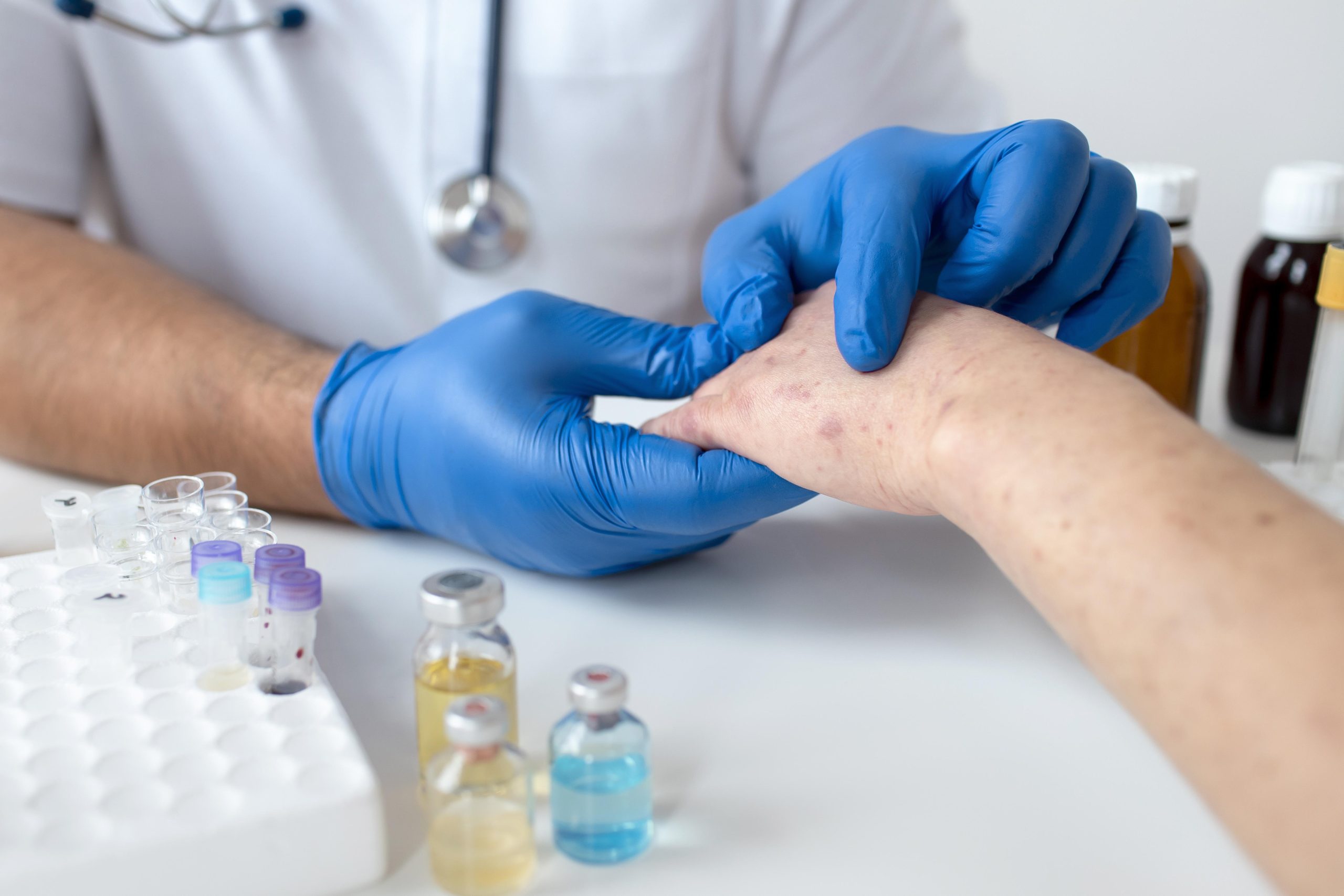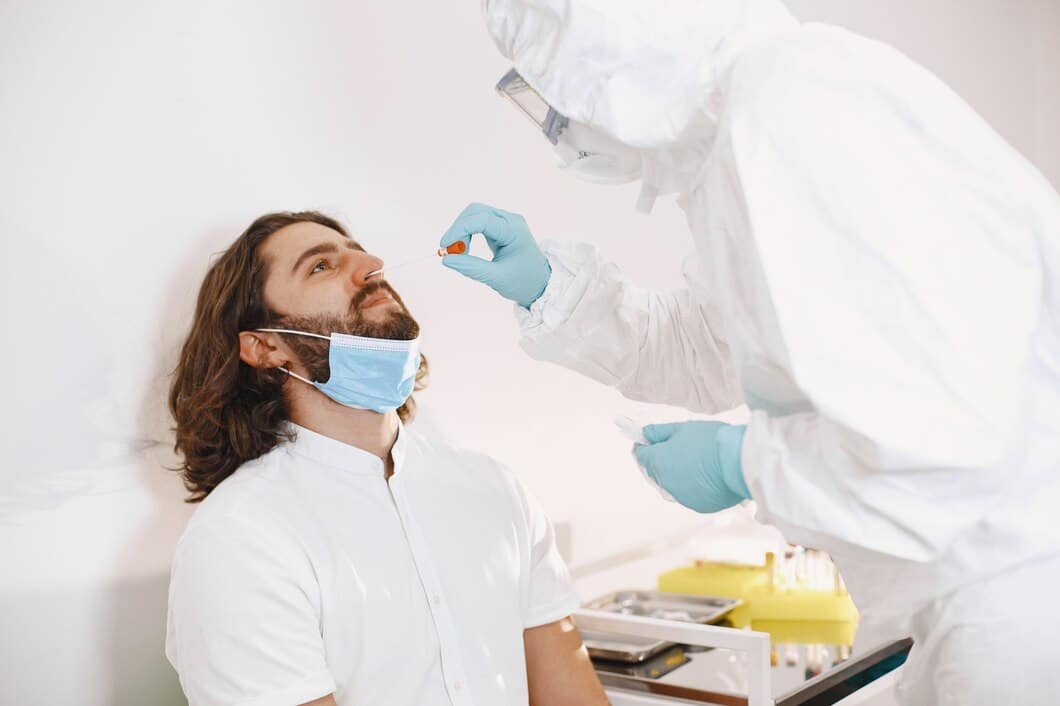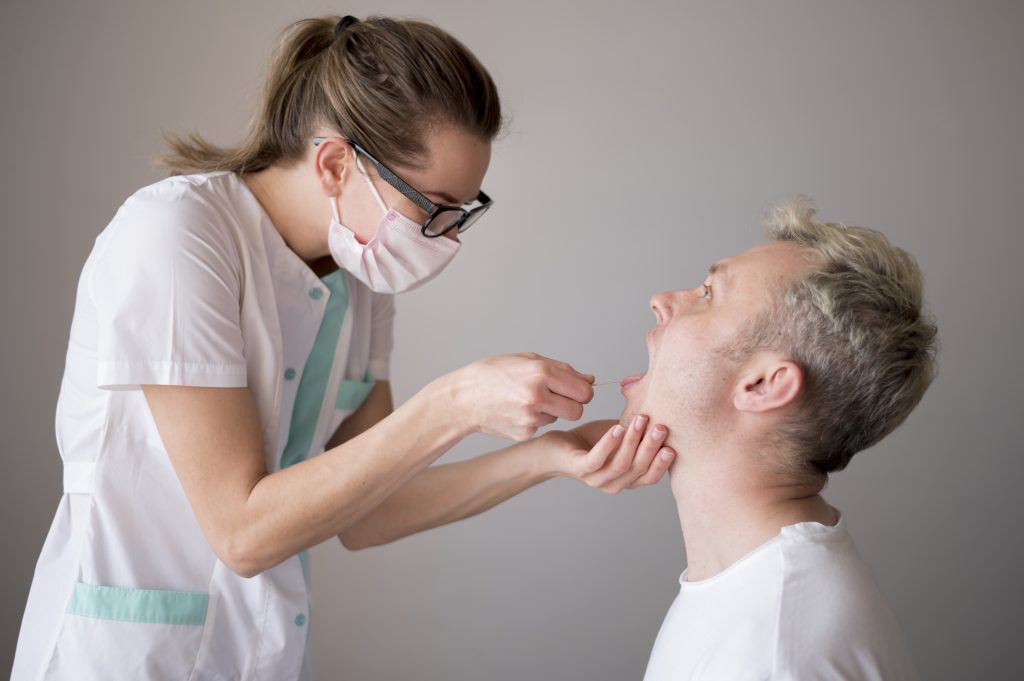If you are recovering from a surgical procedure or any physical injury, one of the most important parts of that healing process is taking care of your stitches. Whether you have a simple cut or have undergone a complex surgical procedure, proper care of stitches ensures that the wound heals correctly, reducing the risk of infections, scarring and other complications. You have so much going on right now, I want to simplify one demand, and note the correct ways to begin taking care of your stitches so everything goes well and you get back to your nice daily life.
Understanding the Role of Stitches in Healing
Before we jump into stitch care specifics, it is helpful to understand what they do. Stitches or sutures are used to close a wound, one which may have been made by a surgical incision or an injury. Stitches help the wound heal faster and lower the risk of infection by pressing the edges of the wound together. Based on the nature of the injury, stitches may be absorbable (meaning they dissolve by themselves over time) or non-absorbable (that will have to be taken out after the injury has healed enough). Knowing which type you have is important for figuring out when and how you need to maintain them.
The Importance of Proper Care for Stitches
Here are several key reasons why proper stitch care is critical:
- Infection risk: Cleaning up the wound will prevent bacterial infection.
- Better Healing: A properly managed wound usually will heal very well and has less chance of complications such as scarring.
- Comfort: Good care will prevent unnecessary pain or discomfort as your body heals.
So how do you ensure your stitches are healing well? Here are a few essential steps to take.
Keep the Wound Clean and Dry
The number one rule in stitch care is to keep the wound clean and dry. Moisture and bacteria provide the perfect breeding ground for infection, so be sure to follow these steps:
- Wash Your Hands: Always wash your hands well before touching your stitches or changing any dressings. This reduces the transmission of pathogenic microbes.
- Gently Clean the Area: If you have stitches, mildly wash around the stitches. Do not scrub the stitches directly; you want to avoid anything that will disrupt the healing process.
- Keep the Wound Dry: Do not submerge the wound in water (bathtub, pool, etc.) until fully healed. Showers are OK, but they shouldn’t be direct streams of water hitting the stitches.
Listen to Your Doctor’s Advice
You will receive detailed aftercare instructions from your healthcare provider that are specific to your case. Follow all of these very specific instructions closely to give yourself the best chance of healing. If you have questions about anything, feel free to reach out to your doctor for clarity.
Keep the Area Protected
Protection is paramount to avoid any kind of physical stress induced on the wound. You don’t want to tear or stretch the stitches accidentally. Here’s what you can do:
- Dress the Wound: If your physician recommends that you cover your stitches with a sterile bandage or dressing, be sure to change it regularly, especially if wet or dirty.
- Avoid Tight Clothes: If your stitches are placed in an area prone to friction, such as near the knees or elbows, wear loose-fitting clothing to minimize irritation.
- Restrict Movement: Refrain from heavy activities or any movement that might place stress on the area of your stitches Excessive physical stress can lead to the sutures ripping apart or displacing.
Monitor for Signs of Infection
It is yet another reason you need to be diligent about checking your stitches for infection. Here are some of the most prevalent symptoms:
- Increased redness or warmth around the wound
- Swelling or pus discharge
- Foul odor from the wound
- Increased pain or tenderness
If you experience any of these, call your doctor right away. The infection can be contained through early action.
Don’t Scratch or Pick at Your Stitches
It’s perfectly normal to feel itchy as your stitches heal, but don’t be tempted to scratch or pick the area. This can introduce bacteria to the wound and interfere with the healing process. If the itching becomes intolerable, talk to your doctor about over-the-counter creams or lotions that could provide some relief.
Allow the Stitches to Heal Naturally
It’s tempting to want stitches to heal faster, but it’s important to let their healing take its own course. If you take out the stitches too soon, it can open the wound and prolong healing. If you have non-absorbable stitches, your doctor will let you know when to have them removed. In general, stitches should stay in place for about 7 to 14 days, which can depend on the size and location of the wound.
Stay on Top of Pain Management
Stitches can hurt, but the pain should gradually lessen as the wound heals. Over-the-counter pain relievers such as ibuprofen or acetaminophen may relieve discomfort. Just make sure to heed your doctor’s advice about pain management.
Watch for Complications
Complications may rarely occur as the wound heals. Here are some things to watch out for:
- Over Scarring: If you have abnormal scarring or keloid formation, see your doctor. Some scars can be smoothed, healed, or removed using creams, gels and other advanced methods, but some cannot.
- Stitches Not Healing: If there is a delay in your stitches healing, it may indicate a problem like poor circulation or an underlying condition. Please consult your health care provider for guidance.”
Stitches Require Care for Good Healing
So, you will have a smoother and quicker recovery if you take the time to take care of your stitches. From maintaining cleanliness and dryness in the area to watching for symptoms of infection, each action you take contributes significantly towards optimal healing. These tips help you allow your body to heal properly so you can get back to your routine with minimal scarring and discomfort.
And if you ever have any doubts or questions about your stitch care, always feel free to reach out to Absolute Urgent Care. We can offer the pointers and reassurance you need to make sure your recovery proceeds smoothly

